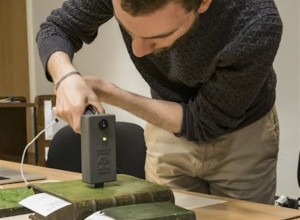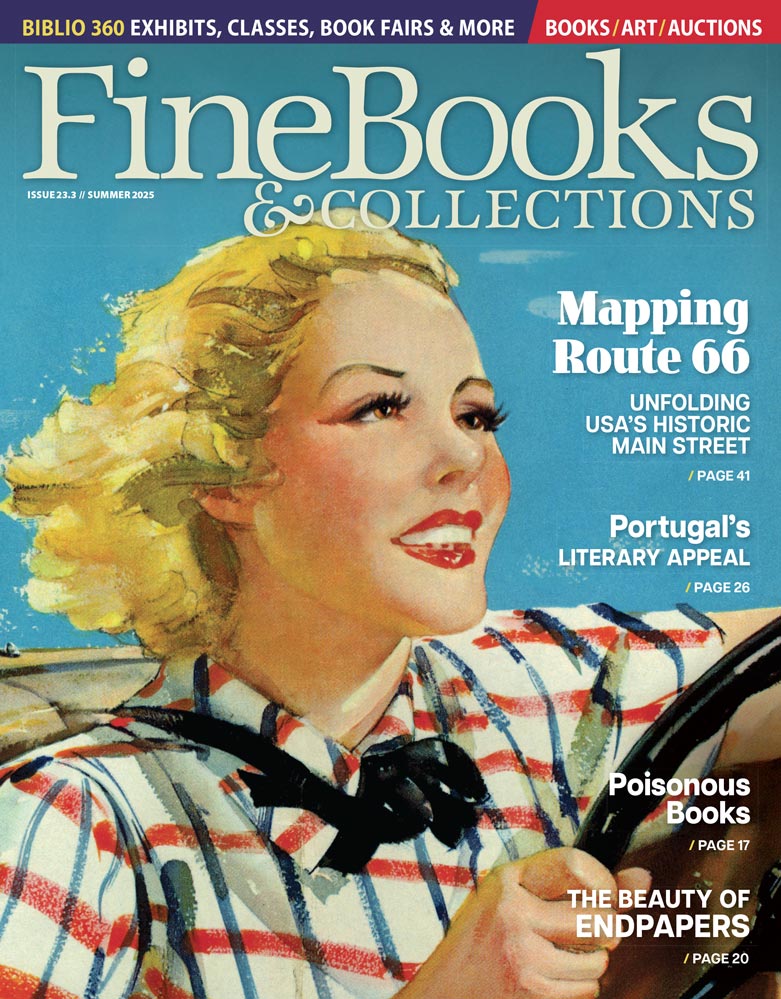Cutting Edge Laboratory Restores Rare 17th Century National Trust Prayer Book
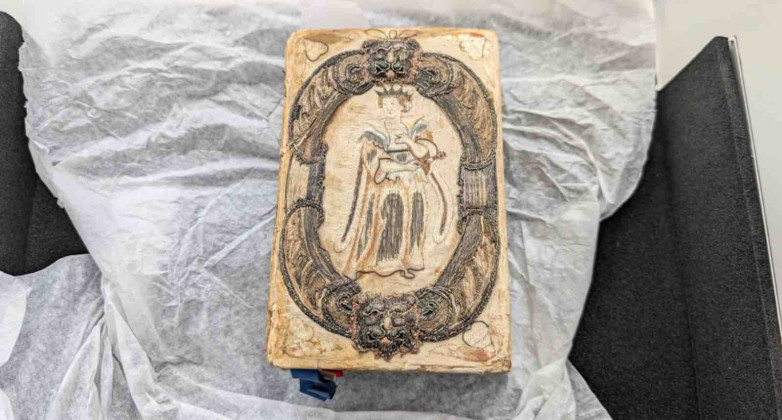
The restored prayer book
An ornate 1636 prayer book has been restored and returned to public exhibition with the help of a pioneering archaeological facility at the University of Exeter.
Embroidered with silver and gold thread and one of very few of its kind to survive, the volume is housed at the stately home of Lanhydrock in Cornwall run by the National Trust and has needed repair for many years.
It probably came into the possession of John and Lucy Robartes, the then owners of Lanhydrock, around 1634. Its cover features Queen Esther and King David and inside are four texts bound together in one volume, The Book of Common Prayer (London, 1635), The Genealogies (1635), The Holy Bible (1634), and The Whole Book of Psalmes (London, 1636).
“This intricately embroidered book binding is a rare survival of a uniquely English and short-lived phenomenon of the early 17th century,” said Alison Cooper, Regional Curator at National Trust. “These bindings are generally found on small books used for personal prayer, intended to be carried as an outward expression of piety and devotion. The inclusion of Old Testament figures of David and Esther is appropriate for Lanhydrock where Puritan owners John and Lucy Robartes also commissioned Old Testament scenes, including depictions of David, for the decorative plasterwork of their new house.”
The NT's conservation team had safely stored the copy to prevent further deterioration but turned to the Science Heritage and Archaeology Digital (SHArD) 3D Lab in the university’s Department of Archaeology and History for help.
Securely bound and placed inside a CT-scanner, the book was x-rayed for more than an hour. Specialist software then enabled the team to examine it layer-by-layer on a computer, peering beneath its surface to understand its structural integrity. The book then went on to a textiles specialist who repaired much of the thread work. It is now back on display in Lanhydrock's Long Gallery.
“The ability to unlock the physical structure of books and explore the hidden secrets of their manufacture is an extraordinary opportunity to enhance our understanding of early book making technology,” said Dr Carly Ameen, Lecturer in Bioarchaeology and the laboratory’s Director. “The use of micro-CT technology is growing in the domain of museums and heritage science. It has the potential to make a significant contribution to our understanding of some of our most delicate pieces of cultural heritage. It was precisely for this type of collaboration that we founded the SHArD 3D Lab, opening potential partnerships with curatorial and conservation communities.”
The SHArD 3D Lab was funded by the Arts and Humanities Research Council’s Creative Research Capability scheme, and is equipped with state-of-the-art equipment to cover a wide range of applications in archaeological and heritage science. This includes advanced digital microscopy, X-ray and micro-CT imaging, and 3D modelling capabilities utilising structured light scanners for both small objects and entire landscapes.
The prayer book restoration will be featured on the BBC's Hidden Treasures of the National Trust programme airing tonight.





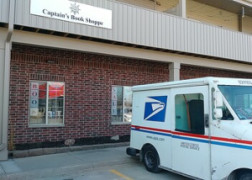

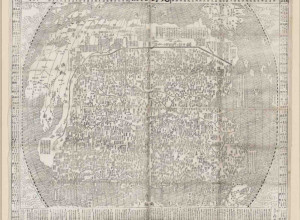
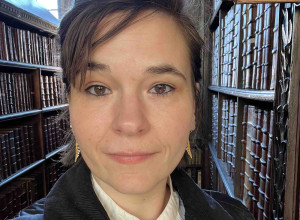

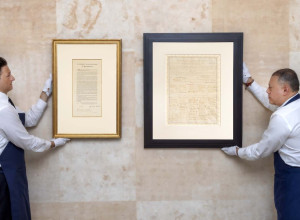
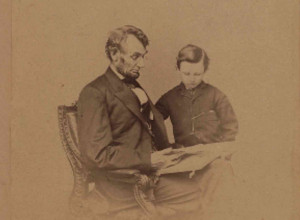
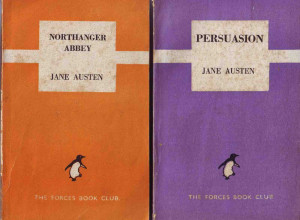
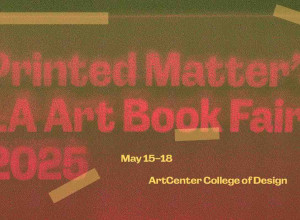
![George Washington signed autograph letter on the 'Asgill Affair' denying psychological torture of a British prisoner of war chosen by lottery for etaliatory execution, by “erecting a [gallows] before his prison window”](https://cdn.finebooksmagazine.com/sites/default/files/styles/category_card/public/media-images/2025-06/washington.jpg?itok=jkXB6DLV)
